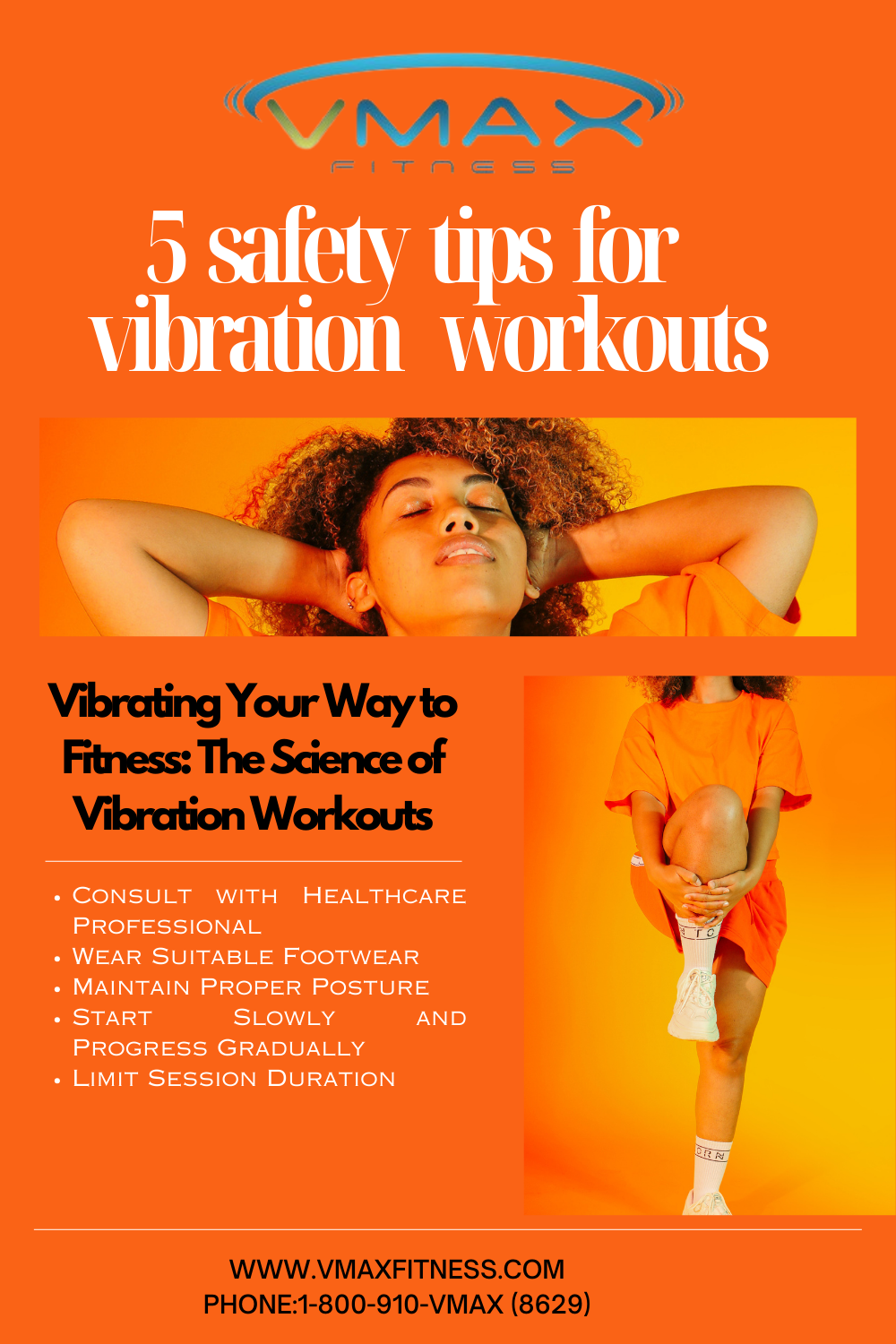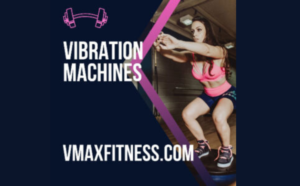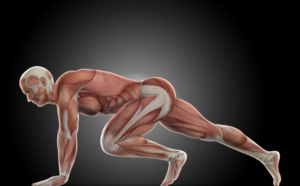I. Introduction to Vibration Workouts
The Emergence of Vibration Workouts
In the bustling landscape of fitness trends, vibration workouts have emerged as a noteworthy contender, lauded for their potential to bolster muscle strength, enhance flexibility, and elevate overall fitness levels. This novel exercise approach involves executing various movements – from squats and lunges to planks – while positioned on a vibrating platform. These vibrations induce involuntary muscle contractions, intensifying the workout and promising expedited outcomes compared to conventional exercise methods.
Prioritizing Safety in Vibration Workouts
While the allure of swift fitness gains is enticing, the significance of safety cannot be overstated in shaker machine workout. Like any form of exercise, improper execution or disregarding safety protocols can lead to injuries, setbacks, and health risks. This comprehensive guide is dedicated to equipping you with the knowledge and tools needed to embark on your vibration workout journey safely and confidently.

II. Unraveling Vibration Workouts
Demystifying Vibration Workouts
Vibration workouts, often referred to as whole-body vibration training, involve performing exercises while positioned – standing, sitting, or lying down – on a vibrating platform. These platforms generate oscillations that trigger muscle contractions, resulting in heightened muscle engagement and potential fitness enhancements.
Understanding Vibration Platforms
Vibration platforms employ oscillating or pivotal vibrations to stimulate rapid muscle contractions. These vibrations activate muscle spindles, sensory receptors that prompt involuntary muscle contractions to maintain stability. Consequently, vibration workouts engage a higher percentage of muscle fibers compared to traditional workouts, potentially leading to increased strength and endurance.
Reaping the Benefits of Vibration Workouts
Vibration workouts offer a multitude of benefits, including enhanced muscle strength, improved flexibility, increased bone density, and better circulation. Additionally, these workouts may expedite recovery, boost metabolism, and aid in lymphatic drainage. The efficiency and time-effectiveness of vibration workouts make them an attractive option for individuals with busy schedules.
III. Navigating Potential Risks and Challenges
Exercising Caution: Muscle and Joint Strain
Engaging in vibration workouts without proper form and technique can elevate the risk of muscle and joint strain. Maintaining correct body mechanics, posture, and alignment is crucial to minimizing the risk of overexertion and injury.
Inner Considerations: Impact on Internal Organs
Excessive or improper use of vibration platforms may lead to discomfort or potential harm to internal organs. Adhering to recommended guidelines and safety precautions is vital to prevent any adverse effects.
Balancing Act: Risk of Falls and Injuries
The vibrational forces generated by the platform can affect balance and stability, potentially leading to falls or injuries if not used cautiously. It’s important to begin with simple exercises and progress gradually while focusing on balance and control.
IV. Prioritizing Safety Measures
Seeking Professional Advice: Consulting a Medical Professional
Before initiating any new exercise regimen, especially vibration workouts, it’s advisable to consult a medical professional, particularly if you have pre-existing health conditions. Their expertise can help tailor a workout plan that aligns with your individual needs and minimizes potential risks.
Personalization for Optimal Outcomes: Customizing Vibration Workouts
Every individual’s fitness level and goals are unique. Tailoring vibration workouts to your specific needs can optimize results while minimizing the risk of injuries. Progressing gradually and avoiding exercises that cause discomfort is essential.
Starting Right: Effective Warm-up and Cool-down
Proper warm-up before a vibration workout helps prepare your muscles and joints for increased activity. Similarly, cooling down after the workout promotes recovery and flexibility. Incorporating dynamic stretches and controlled movements enhances your warm-up and cool-down routines.
V. Ensuring Proper Body Mechanics
Maintaining Correct Posture
Maintaining proper posture is crucial during vibration workouts. Align your spine, engage your core muscles, and avoid excessive leaning or arching. A neutral spine and engaged core contribute to stability and reduce the risk of strain.
Aligning Feet and Joints
Position your feet correctly on the vibration platform to maintain balance and stability. Keep your knees slightly bent during exercises, and ensure your joints are aligned to prevent undue stress.
Distributing Weight Effectively
Even weight distribution on the platform is essential for stability and safety. Avoid placing excessive weight on one side, which can lead to imbalances and potential strain.
VI. Navigating Equipment Guidelines
Selecting the Right Shaker Platform
Choosing an appropriate vibration platform sets the stage for a safe and effective workout experience. Opt for a platform from a reputable manufacturer that offers adjustable settings and proper support. Reading user reviews and seeking recommendations can guide your decision-making.
Using Additional Accessories Safely
Certain accessories, such as resistance bands or hand weights, can enhance shaker workouts. However, it’s important to use them safely and consult a fitness professional to integrate these accessories into your routine.
Maintaining and Inspecting Equipment
Regularly inspect and maintain your vibration platform to ensure it functions properly. Loose parts or malfunctioning components can compromise your safety and workout experience.
VII. Embracing Appropriate Shaker machine Exercises
Starting Gentle: Low-Impact Exercises on Vibration Workouts
Vibration workouts encompass a range of exercises, from gentle stretches to more dynamic movements. Low-impact exercises, such as calf raises and seated leg lifts, can be a suitable starting point, especially for beginners or individuals with joint sensitivity.
Incorporating Strength Training
Vibration platforms can intensify strength training exercises like squats, push-ups, and planks. Gradually incorporating these movements into your routine, focusing on proper form and controlled motions, is essential.
Enhancing Flexibility: Stretching and Flexibility Routines
Incorporating dynamic stretches and flexibility exercises on the vibration platform can enhance your range of motion and joint mobility. Include stretches targeting major muscle groups before and after your workout to improve flexibility.
VIII. Addressing Special Populations
Tailoring to Seniors: Vibration Workouts for Older Adults
Seniors can benefit from vibration workouts, including improved balance, muscle strength, and bone density. However, modifications and a cautious approach are necessary to accommodate potential limitations or health concerns.
Safety Considerations for Pregnant Women
Pregnant women should exercise caution when engaging in vibration workouts. Consulting with a healthcare professional before incorporating vibrations into your exercise routine and avoiding exercises that cause discomfort or strain are important precautions.
Adapting for Individuals with Disabilities
Vibration workouts can be adapted to suit individuals with disabilities. Seeking guidance from a fitness professional experienced in working with diverse populations ensures a safe and inclusive workout experience.
IX. Monitoring Vibration Workouts Intensity
Understanding Frequency and Amplitude Settings
Vibration platforms offer adjustable settings for frequency (Hz) and amplitude (mm). Understanding how these settings influence workout intensity is crucial for tailoring your routine.



